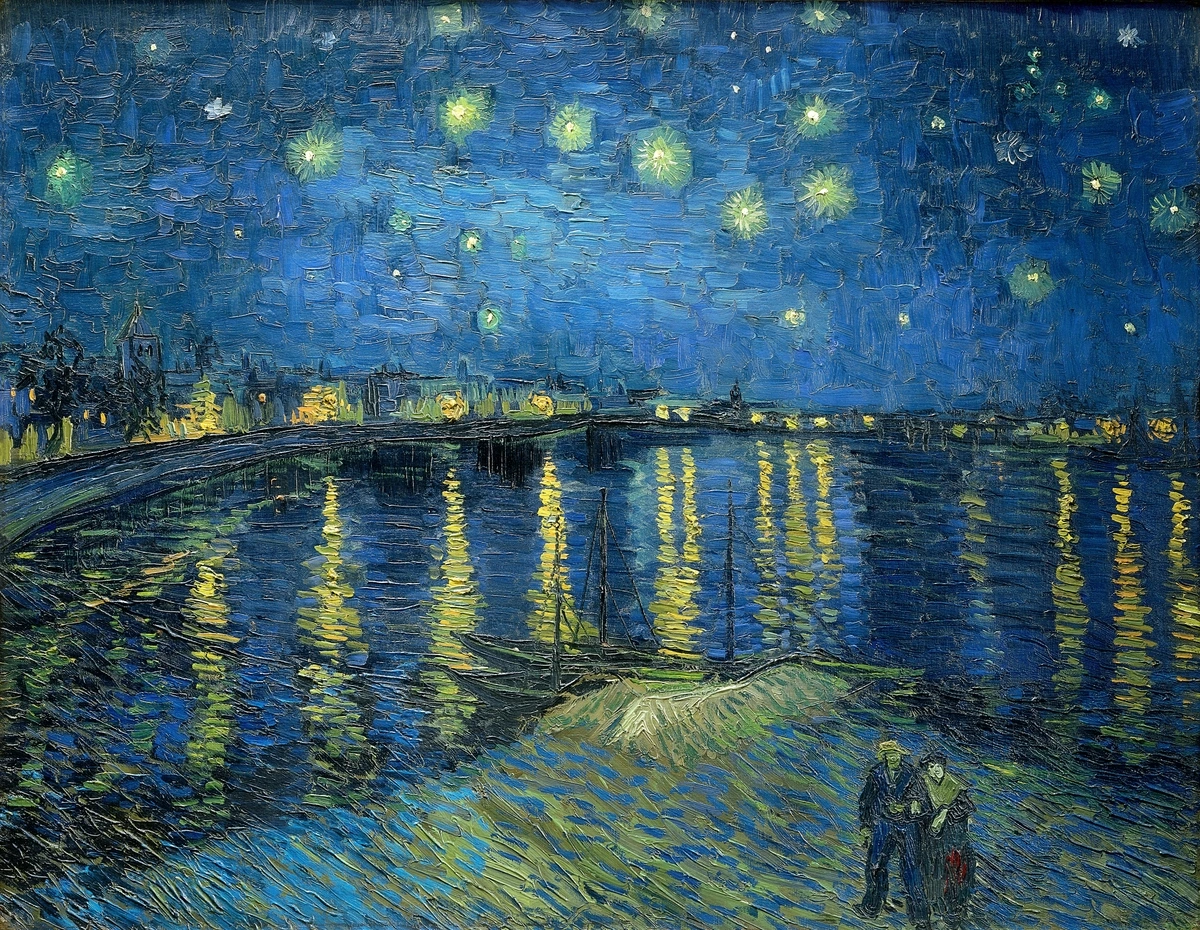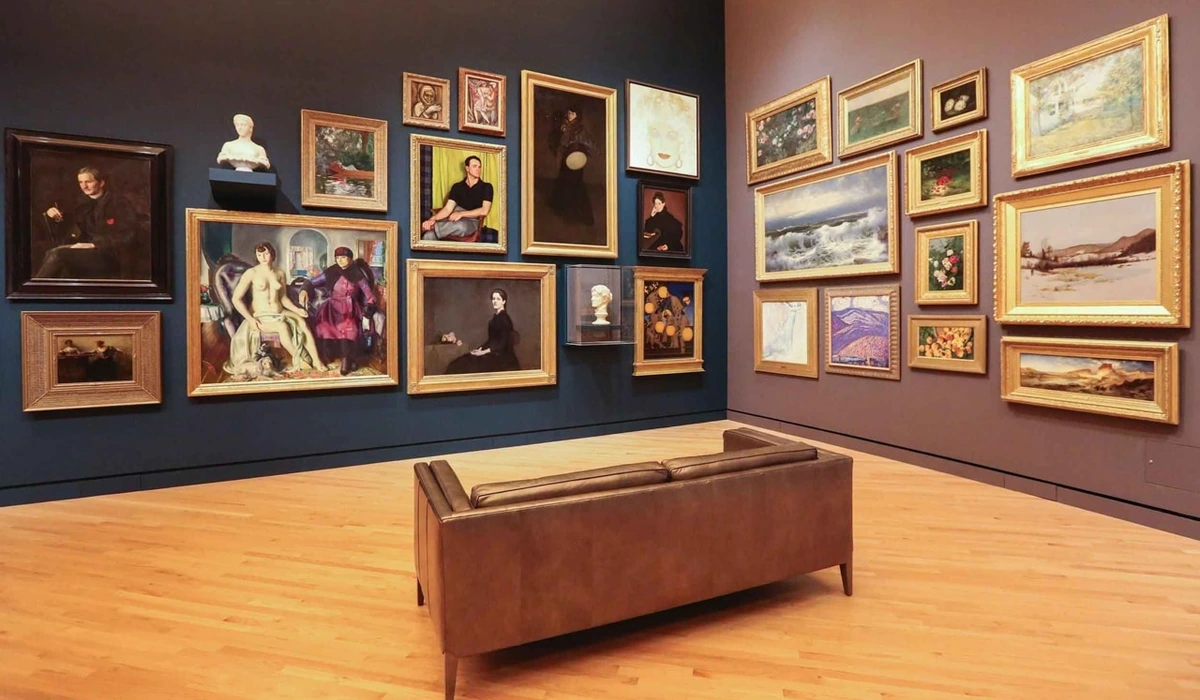Fun Facts About Art: An Artist's Quirky Dive into the Unexpected
Okay, let's be honest. Sometimes, when you walk into a grand museum or stare at a piece that costs more than a small island, art can feel a bit... intimidating. Like it's holding secrets only the initiated understand. But you know what? Art is also full of weird, wonderful, and downright hilarious stories. It's not all serious faces and hushed tones. As an artist myself, I've stumbled upon some truly wild facts that make me chuckle, raise an eyebrow, or just appreciate the sheer human oddity behind the masterpieces. I remember the first time I heard about 'mummy brown' pigment – my jaw literally dropped. It completely changed how I thought about the materials artists use.
So, forget the stuffy textbooks for a moment. Let's peek behind the curtain and explore some fun facts about art that might just surprise you, from the bizarre materials to the dramatic lives and unexpected places art pops up.
Beyond the Brush: Materials That Make You Go "Huh?"
When I'm in my studio, surrounded by paints and brushes, it feels pretty standard. But artists throughout history have gotten really creative (or maybe just desperate?) with their materials. Forget oil on canvas; we're talking about some truly bizarre stuff that makes my acrylics feel incredibly tame.
Did you know that some historical pigments were made from things that would make you squirm? Like 'mummy brown,' a pigment derived from ground-up Egyptian mummies? Yep. Thankfully, that trend died out (pun intended) by the 19th century. But it wasn't the only weird one. There was also Indian Yellow, supposedly made from the urine of cows fed only mango leaves. And let's not forget the truly dangerous ones, like Scheele's Green or Paris Green, vibrant green pigments made with arsenic, which were popular in wallpapers and paints despite their toxicity. Imagine decorating your living room with poison!
It makes you think about the connection between the artist, the materials, and the final piece in a whole new, slightly unsettling, way. It also highlights how resourcefulness (and sometimes desperation or ignorance) drove artistic creation. Even today, contemporary artists push boundaries with unconventional materials, from found objects in assemblage art to using light or even living organisms. If you're curious about the different ways artists create, you might enjoy exploring the various types of artwork explained.

The Drama Club: Stories Behind Famous Works
Every artwork has a story, but some are pure drama. We're not just talking about the subject matter; sometimes, the creation or reception of a piece is more captivating than the art itself. It's like the art world has its own never-ending reality show.
Take Van Gogh, for instance. We all know the ear story, right? But his life was a whirlwind of intense emotion, which poured onto the canvas in vibrant, swirling colors. Looking at a Van Gogh painting feels like stepping into that intensity. Or consider the Impressionists, whose loose brushstrokes and focus on light were initially mocked and rejected by the traditional art world. Critics called their work unfinished 'impressions' rather than 'real' art, preferring the polished, academic style. Imagine being told your beautiful, light-filled painting of a woman with a parasol was just an 'impression' and not 'real' art! It just goes to show that what's revolutionary today is standard tomorrow.
Then there's the sheer scale and effort. Michelangelo painted the Sistine Chapel ceiling standing up (or mostly standing, craning his neck) for four years. My neck hurts just thinking about it when I'm working on a large canvas. These stories remind you that behind every famous piece is a human being, often struggling, sometimes triumphant, always pouring their life into their work. And sometimes, the drama continues long after the artist is gone. Think of the infamous rivalry between Baroque masters Bernini and Borromini in Rome, whose architectural and sculptural projects were often in direct competition, fueled by intense personal dislike. Their buildings practically glare at each other across the city!

Artists: They're Just Like Us (But Weirder)
Artists are often seen as these ethereal, tortured souls, but many were just... people. With quirks. Lots of quirks. And sometimes, those quirks are as famous as their art.
Salvador Dalí, the king of Surrealism, was a master of self-promotion and eccentricity. He once gave a lecture in a diving suit, almost suffocating. Why? Because he wanted to dive into the depths of the subconscious. Fair enough, I guess? Then there's Marina Abramović, whose performance art pushes the boundaries of physical and mental endurance. Her piece 'The Artist is Present,' where she sat silently opposite museum visitors, is a testament to the power of simple presence. It makes my longest painting sessions feel like a coffee break. And what about Picasso? Known for his revolutionary art, he was also famously superstitious, reportedly refusing to travel without a piece of his old corduroy jacket. Or Andy Warhol, who turned soup cans and celebrity portraits into iconic art, while cultivating a persona that was both intensely public and deeply private. These aren't just artists; they're characters!
These stories highlight that the artist's personality and life are often inseparable from their work. If you're fascinated by the people behind the art, you might enjoy reading about some of the most important artists or famous living artists today.

The Art Market: Where Things Get Really Wild
The prices art fetches at auction can be mind-boggling. We're talking tens, even hundreds of millions for a single piece. Why? Well, it's a complex mix of factors – historical significance, provenance (the history of ownership), market trends, the artist's fame, and yes, sometimes just pure hype or the desire for status. Understanding art prices is a rabbit hole in itself.
But beyond the astronomical figures, there are tales of art theft (some masterpieces are still missing!), forgeries that fooled experts for years, and even pieces that were lost and then rediscovered in attics or flea markets. Remember the saga of the 'Salvator Mundi,' attributed to Leonardo da Vinci, which sold for a record-breaking $450 million but whose authenticity is still debated? It adds a layer of mystery and adventure to the art world that you don't often see in the quiet halls of a museum.
It makes you wonder what hidden gems might be out there, waiting to be found. Maybe that dusty painting in your attic is worth more than you think! (Probably not, but a girl can dream, right?). If you're interested in the commercial side, check out guides on buying art or art as an investment.

Art is Everywhere
Art isn't confined to museums and galleries. It's on the streets, in our homes, and woven into the fabric of our cities. From vibrant street art murals to the intricate details of Art Nouveau architecture, art is constantly surrounding us.
It's a fun fact in itself that something as simple as a well-designed chair, a beautifully plated meal, or a striking fashion design is considered art by many. It reminds me that creativity isn't limited to paint on canvas; it's about expression in countless forms. It makes me look at the world a little differently, always spotting potential inspiration. Whether it's the composition of a photograph, the flow of a dress, or the perfect balance on a plate, art is truly everywhere if you just look closely enough.

FAQ: Burning Questions About Art Facts
Got more questions? You're not alone. Here are a few common ones, with a dash of my own perspective:
- What's the oldest known piece of art? This is tricky and constantly debated as new discoveries are made. Cave paintings in places like Indonesia and Spain are incredibly old, potentially tens of thousands of years. It's mind-blowing to think about humans making art for so long! It makes you wonder what drove them – the same urge to express that I feel in my studio today, perhaps?
- What's the most stolen artwork? The Ghent Altarpiece has a notorious history of theft and attempted theft. The Mona Lisa was famously stolen in 1911, causing a sensation, but was recovered a couple of years later. The stories of lost art masterpieces are often stranger than fiction. It's wild to think of these priceless objects having such dramatic adventures outside the museum walls.
- Why is some modern art so controversial or simple? Ah, the age-old question! Modern art often challenges traditional ideas of what art should be. Sometimes the concept or the statement is more important than the visual aesthetic. It's designed to make you think, feel, or even get a little annoyed! As an artist, I see it as pushing boundaries, exploring new languages. It's not always about technical skill in the traditional sense, but about ideas and impact. There's a whole conversation to be had about why people like modern art or if modern art is 'bad'.
- How do you preserve old artwork? This is something I think about even with my own pieces! Proper art care is crucial. It involves controlling temperature and humidity, keeping art out of direct sunlight (which can fade pigments – a real problem with some historical colors!), and handling pieces carefully. Museums have experts called conservators who specialize in this, using incredible techniques to repair damage and slow down the aging process. It's a delicate balance between preserving the art and respecting its history.
The Takeaway: Look Closer, Laugh More
Art history isn't just dates and names; it's a tapestry woven with human stories, strange materials, dramatic events, and moments of pure, unadulterated creativity (and sometimes, chaos). The more you learn about the little oddities and surprising facts, the more approachable and fascinating the whole world of art becomes. It stops being just something on a wall and starts feeling like a conversation across centuries.
So next time you see a painting, whether it's in a grand gallery or a small local exhibition, take a moment. Look closer. Wonder about the artist, the materials, the story behind it. You might just uncover a fun fact that makes you smile. And remember, art is a reflection of humanity, in all its weird, wonderful, and dramatic glory.
And hey, if all this talk about art has you thinking about adding some creativity to your own space, feel free to browse my collection. You never know what story a piece might tell on your own wall.
